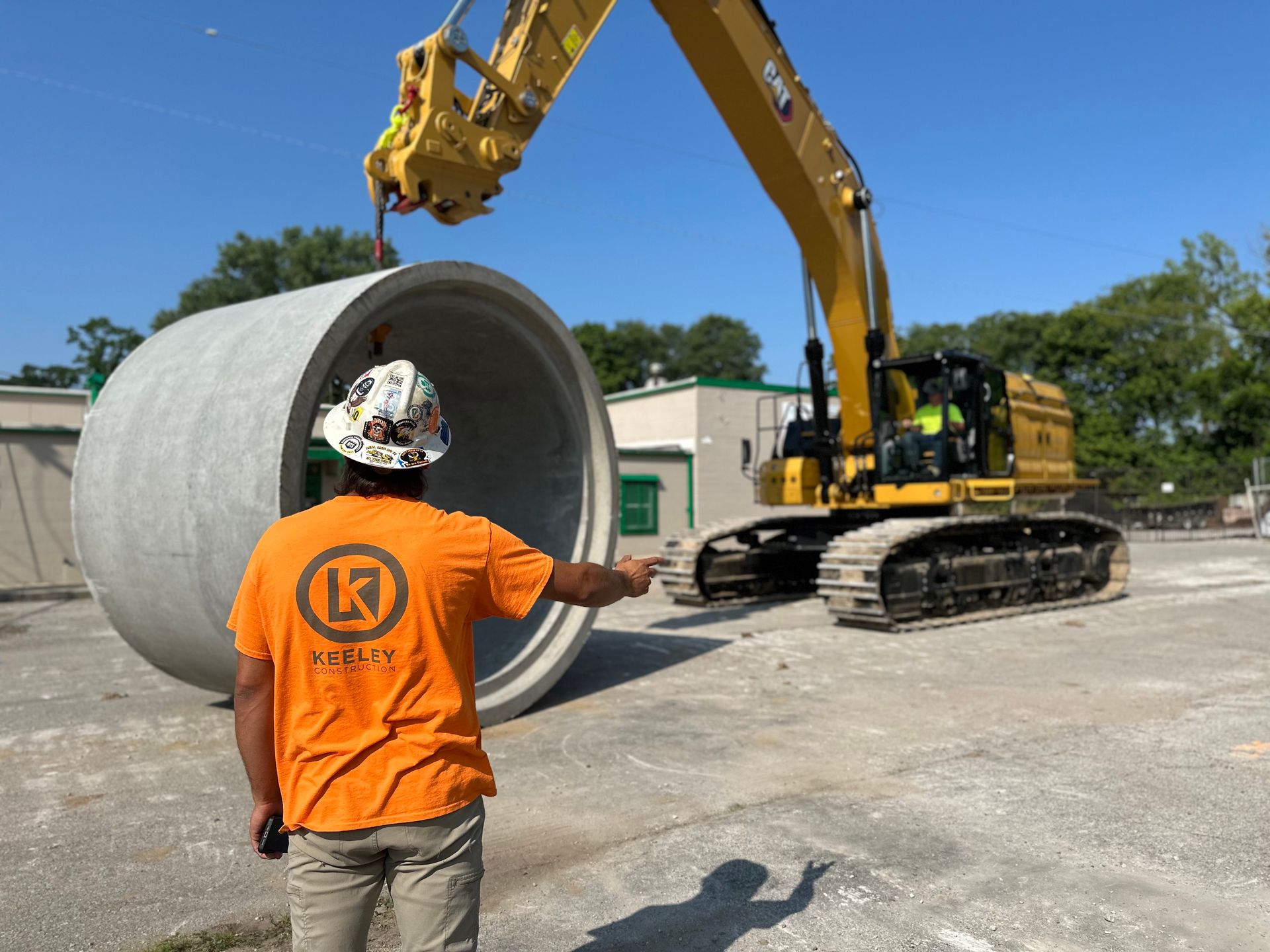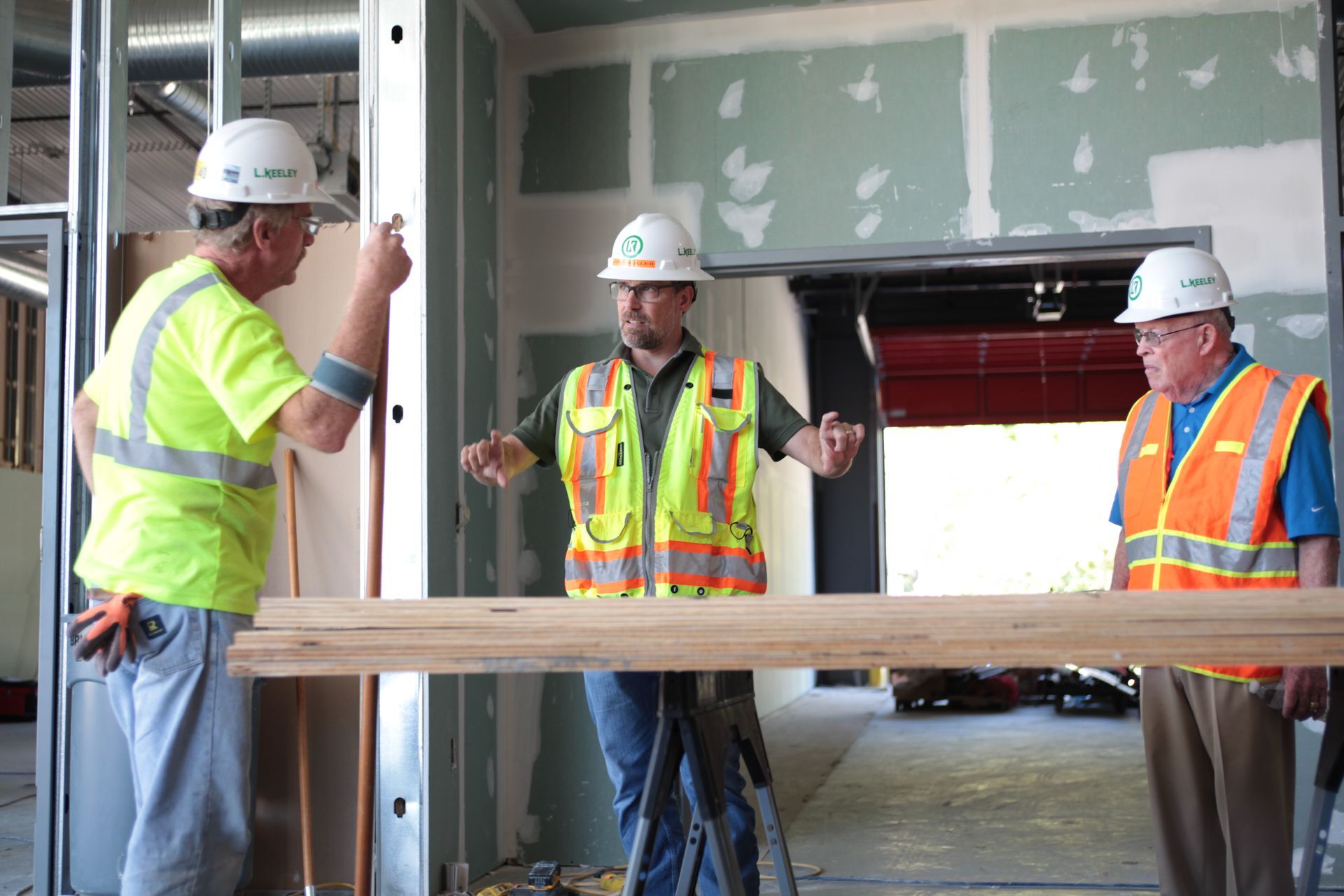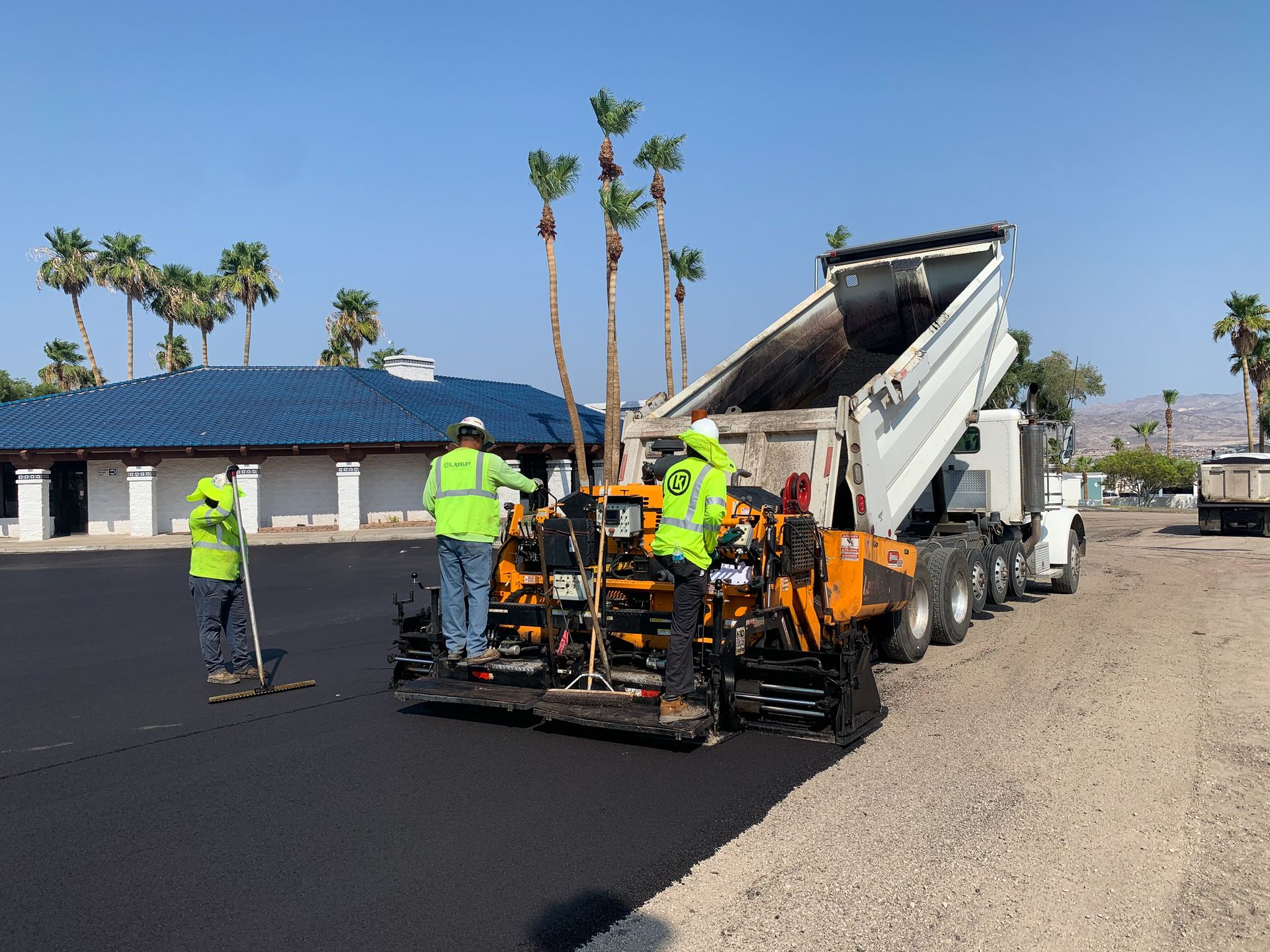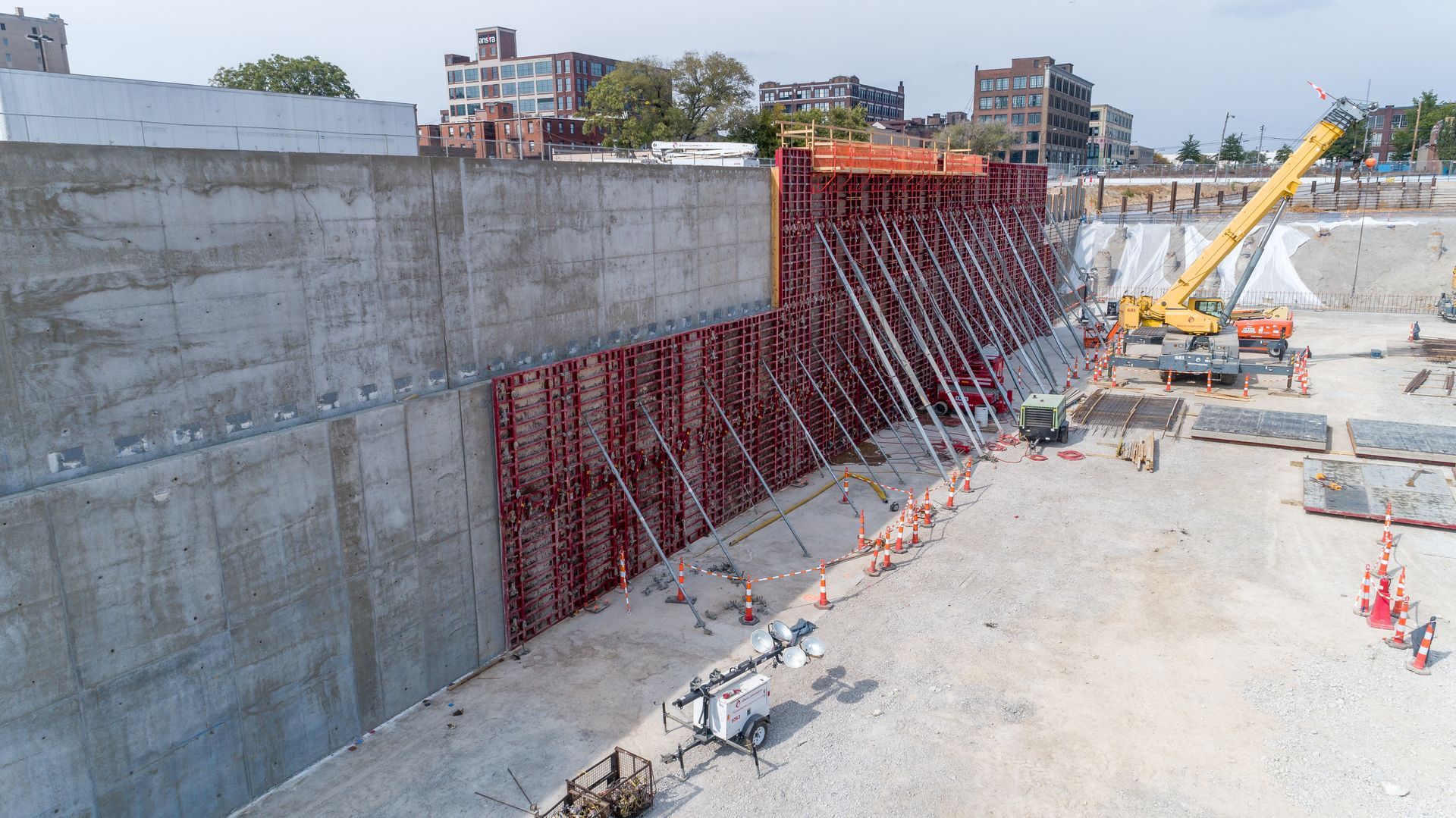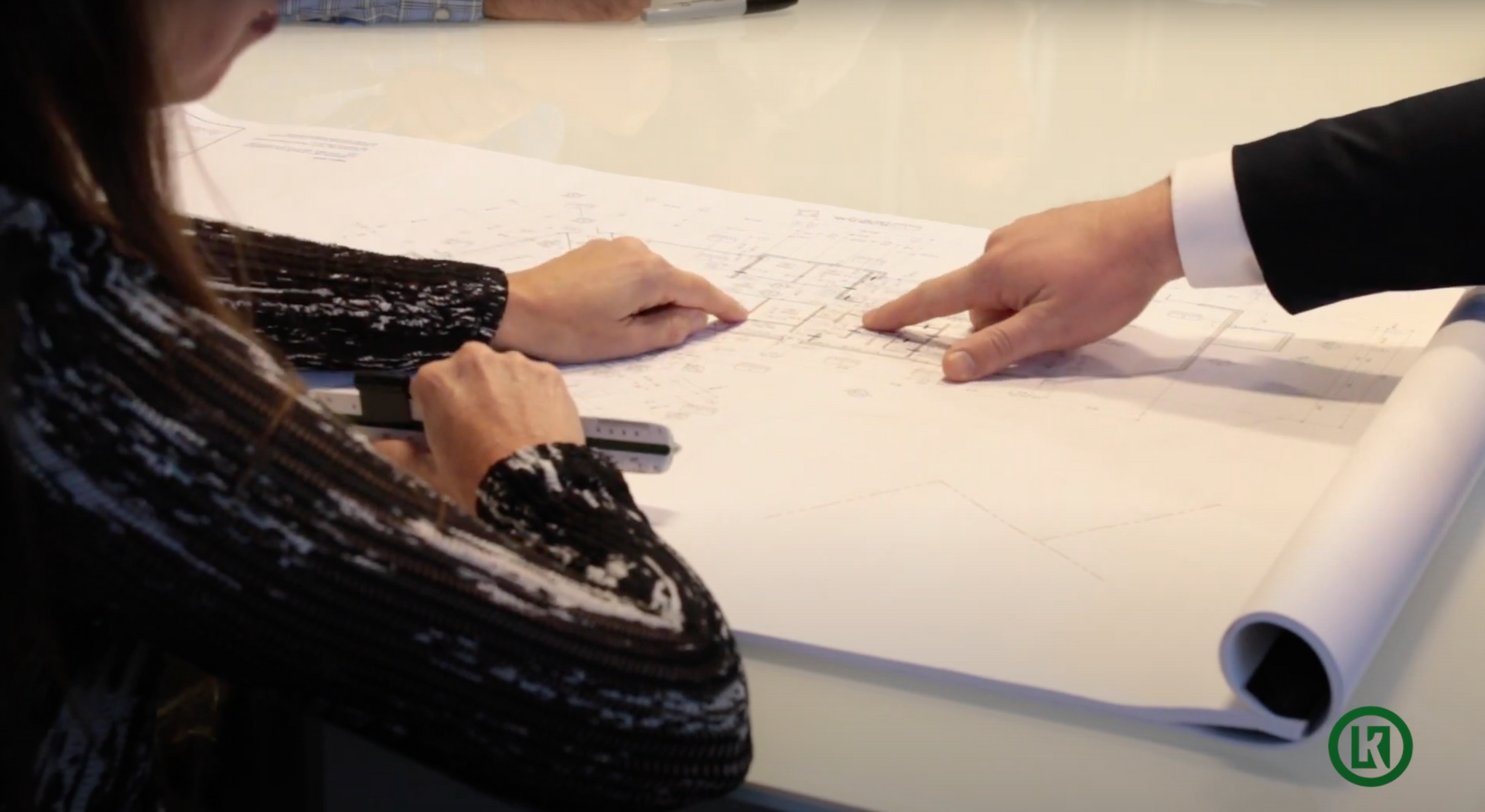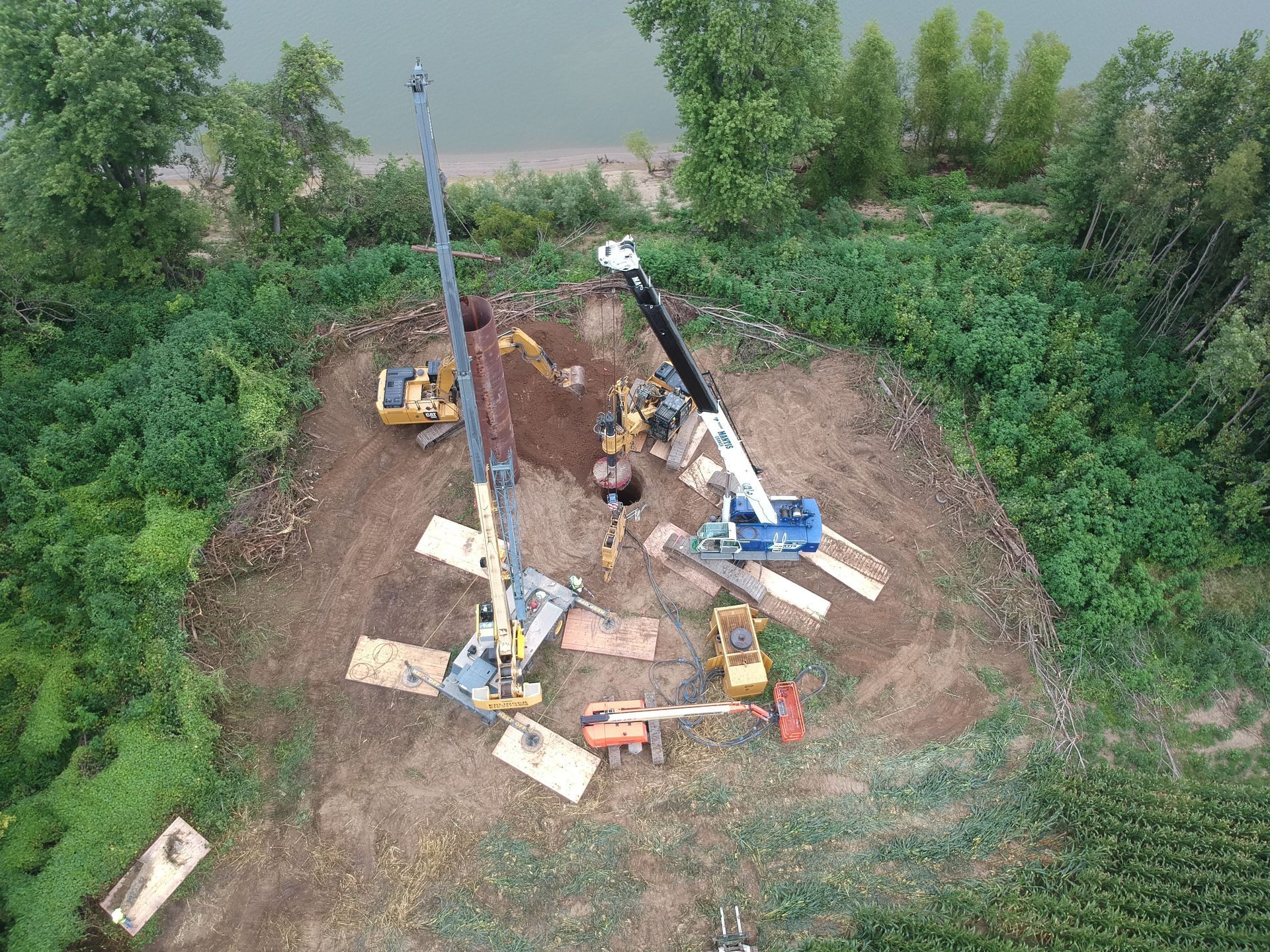How Information Gathering Impacts Design
Information Gathering is the first and most critical step in the design process for buildings and interior spaces. Clients, builders, and even the designers themselves often want to shortchange this critical and tedious step in favor of theoretically saving time and money by limiting all stakeholder input or jumping right into the fun stuff of design. They leap into ideation without pausing to first do the real meaningful work, instead designing something that the client is led to believe that they can execute to meet budget and schedule, only to find out later that is not the case. If you know the cost-benefit curve, such design missteps get progressively more painful, problematic, and expensive.
GIGO is an acronym as old as software programming: Garbage In - Garbage Out. A simple enough concept that inadequate, incorrect, or poor-quality inputs result in faulty outputs. This truism obviously applies to our subject in that if what gets designed, and ultimately built, is based upon bad or incomplete information, the result will create more problems than solutions, regardless of how award winning in appearance.
In architecture and interior design, the process of information gathering that forms the foundation of the design process, is broadly referred to as Programming. There is a helpful description offered by William Pena that describes it as “Problem Seeking”: a team effort of investigation, questioning, and decision making that when done well leads to the underlying truth of the project. Finding and therefore defining the problem must lead the process. This process is not a solo venture; it is a team effort requiring dedication from each member of the team. Having an appropriate breadth of experience, knowledge, and perspectives involved will allow for a thorough, well-informed, and decisive process. Data will be collected, sifted through, considered, questioned, and then decided upon.
Our team at L. Keeley consists of experts in the design and construction of Financial Facilities. Below, we describe our specialized Plan | Design | Build Programming process, but these are broadly applicable concepts.
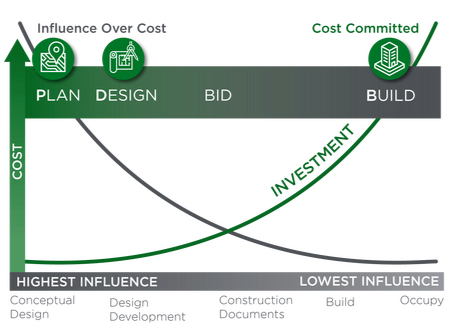
In our example we’re going to say that nothing is known yet except that the client thinks they want a new branch. We would start with researching customers they currently serve and those they seek to serve, as the customers are really whom the branch is built for. We would also research the institution’s operations, facilities, and staffing, both current and future conditions, complete with comparisons to competitors and industry averages. This is our Planning Study. It is data gathering and analysis, which leads to questions, and finally some recommendations, including where to build this branch. The final decisions are made by the client, but the process is entirely evidence-based.
Once a site is identified - and ideally before being purchased - the site needs focused analysis. It is important to understand the visible aspects of a site: access, circulation, orientation, vegetation, topography, and drainage. However, perhaps more impactful are the non-visible aspects like underground utilities and soil conditions which so frequently contain costly surprises and complications. Lastly there are the legal aspects of a site to discover: property lines, building setbacks, easements, and Planning and Zoning requirements. Some of this information is readily available while some takes considerable research and exploratory effort, and even expense. A project’s budget can be unknowingly and prematurely blown by not properly addressing these basic issues thoroughly before starting design.
Next, we research local Building Codes and Ordinances, which are laws adopted by states municipalities to ensure safe and quality construction. Additionally, many communities have Design Standards that seek to enforce design parameters deemed important enough to a community to put into law. While nearly all of this seemingly straightforward data can be found on the internet, it is time well spent to reach out directly to the Authority Having Jurisdiction. Doing so facilitates better understanding of unique local requirements and interpretations that the unfamiliar miss or misunderstand. Early communication also establishes a cooperative relationship with those in charge of approvals, often leading to an improved experience later on.
Being experts in construction in addition to design, allows our team to dig into local product and skill-set availabilities and challenges. Understanding what systems, products, and labor pools are - or are not - readily accessible in an area can be critical early knowledge at a time when basic construction and materials decisions are made.

Lastly, there’s the traditional portion of Programming that cannot be avoided and whose quality execution is pivotal in creating a successful project. With as much information in hand as possible, this question-and-answer process can begin. An experienced team of professionals will walk you through all sorts of considerations about the proposed project. The past will be considered in the search for an understanding of what worked and what didn’t, and what was liked and what wasn’t. The future will be looked to as wants and needs are considered, even weighing them against those of competitors for evaluation. In the most basic sense, the result will be a document that describes every aspect of want and need, both objective and subjective. In the end, a list of spaces and functions is developed, their sizes and relationships with one another, their contents, and any additional relevant characteristics. Some information may conflict, which is where questions become critical to understanding preferences and priorities. There’s a very relevant distinction that concludes our thoughts about the importance of a quality team approach to the Information Gathering process, and that is the difference between haste and effectiveness. Programming is only successful if it is effective, and success comes from time and consideration; skill and experience; communication and collaboration. Hasty Programming relies on luck for success, and that is as good as using hope as a strategy.

